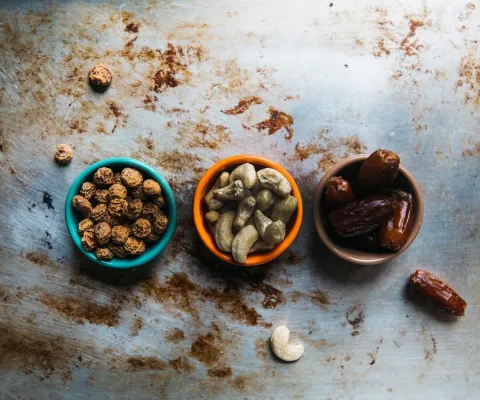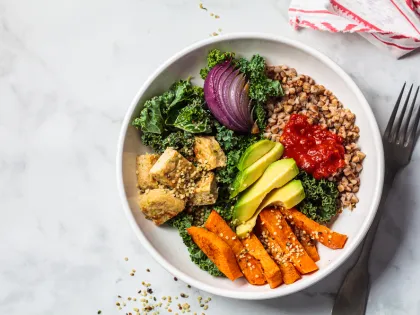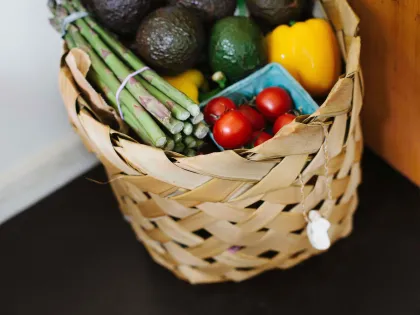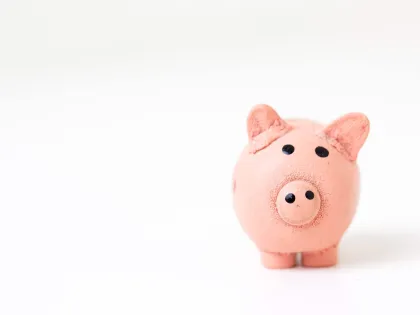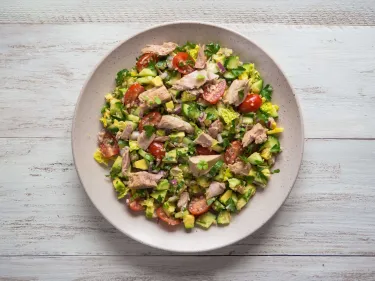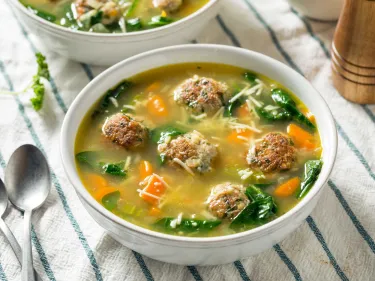Constipation can be triggered by lots of things – being out of your usual routine, low fibre intake, low water intake, inactivity and certain medications like iron supplements, painkillers, diuretics (to help you get rid of sodium and water), and other drugs to treat heart disease, mental health conditions and allergies.
How do you know you’re constipated?
Symptoms include:
- Lumpy or hard stools (see Bristol Stool Chart here for examples).
- Feeling that your bowels haven’t emptied completely or your anus is blocked.
- Straining to pass a bowel motion.
- Manipulating your body position to try and pass a bowel motion.
- Having fewer than three bowel motions per week.
If over a three-month period you answer yes to two or more of these symptoms most weeks, then you have “constipation”.
How do you relieve constipation with diet?
Here are four things that research shows improve bowel function.
1. High-fibre foods
Different types of dietary fibres improve bowel function through different processes.
- Fermentation of fibre in the colon produces water and other molecules, which make stools softer and easier to pass.
- Absorption of water into stools stimulates the gut to contract and makes bowel motions softer.
- Higher fibre intake creates bigger stools, which pass more quickly, resulting in more regular bowel motions.
Examples of good sources of fibre to help with constipation relief include;
| Source of Fibre | Serving Size | Amount of Fibre |
| Wholegrain bread | 1 slice | 1.5g |
| Wholemeal pasta | ½ cup | 3.9g |
| Weetbix | 2 biscuits | 3.2g |
| Legumes e.g., baked beans | ½ cup | 6.5g |
| Vegetables e.g., carrot | 1 carrot (unpeeled) | 6.9g |
| Fruit e.g., banana | 1 medium | 2.3g |
| Nuts e.g., almonds | 25 almonds | 3g |
| Peanut butter | 1 tablespoon | 2.7g |
| Psyllium husk | 1 tablespoon | 2.2g |
Use our Healthy Gut recipe filter for high fibre meal and snack ideas.
2. Chia Seeds and Kiwi fruit
Both packed with fibre, chia seeds are able to absorb up to 27 times their dry weight in water and kiwi fruit is able to absorb ~3 times its weight in water, meaning they help make stools softer and boost volume by increasing the amount of water retained in bowel motions.
For breakfast, try Silas's Overnight Oats with some added chopped up kiwi fruit, or our refreshing Banana, Blueberry & Chia Smoothie!
3. Prunes
Prunes (dried plums) contain a large amount of sorbitol that passes undigested into the colon where bacteria ferment it. This produces gas and water, which triggers an increase in bowel movements.
Eating prunes is even more effective than psyllium in improving stool frequency and consistency. Try stewing them with a can of plum and a cinnamon stick. Use as a yoghurt topper or mixed into apple (or apricot) crumble.
If you don’t like prunes, other foods that contain sorbitol include apples, pears, cherries, apricots, plums and “sugar-free” chewing gum and “sugar-free” lollies.
4. Water
Not drinking enough water is the strongest predictor of constipation. When your body is a bit dehydrated, there’s less water for the fibre in your colon to absorb, meaning your bowel motions also become dehydrated and harder to pass. If your urine is the colour of straw – it’s usually a good indicator that you’re drinking enough water.
If your bowels are so packed you can’t pass any bowel motions at all, see your GP without delay.
To read the full article, visit The Conversation.
